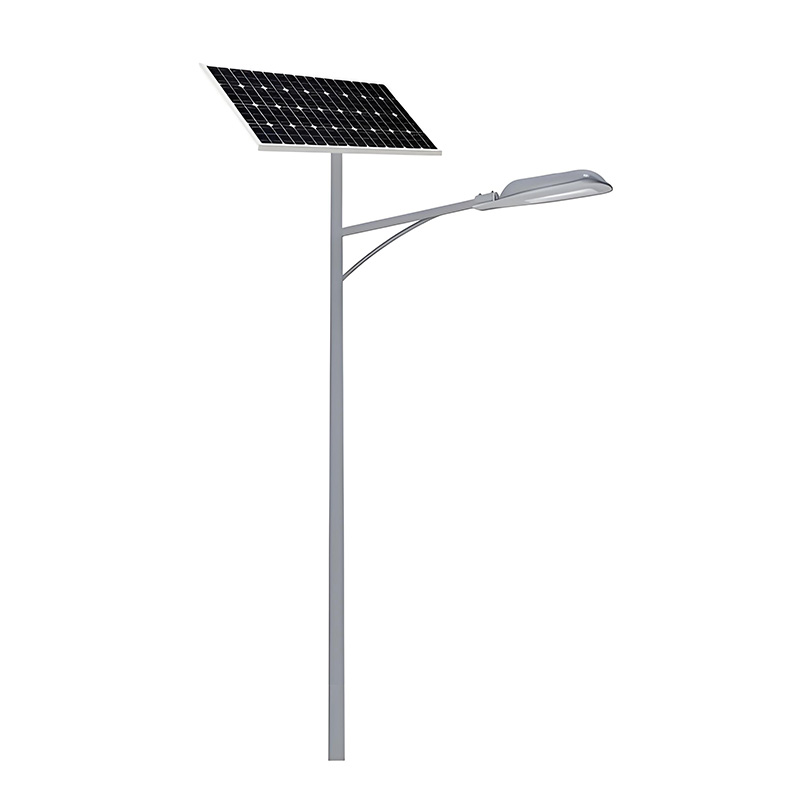
Many municipalities face early system failures with solar powered LED street lights. Common culprits? Battery degradation and poor positioning. In fact, the National Renewable Energy Lab reports 37% of failures stem from incorrect tilt angle affecting solar harvest. Proper installation makes all the difference.
Optimal panel orientation varies by hemisphere. North of equator? Face true south at 15-30° tilt. We once saw 40% output drop in Arizona from shadowing – a $28,000 lesson! Use solar pathfinder tools to avoid obstructions.
Lithium batteries need ventilation trenches. Our 2025 Florida project showed battery temperatures over 50°C reduce lifespan by 60%. Bury controllers above flood levels with waterproof conduits.
| Component | Traditional Approach | Optimized Approach |
|---|---|---|
| Mounting Pole | Standard 6m height | 8m height + vibration dampers |
| Light Spacing | Equal distance (e.g. 30m) | Terrain-adjusted spacing (+/- 20%) |
| Maintenance | Annual full check | Remote monitoring + predictive alerts |
Vail Village replaced 120 conventional lights with solar powered LED street lights. Despite heavy snow, their optimized design achieved 98% uptime. Secret? Heated panels and pole-mounted batteries. Energy savings hit $15,000 annually.
Q: How long do solar street lights last?
Quality solar powered LED street lights function 7-10 years before major component replacement.
Q: Can they work in winter?
Yes! Modern systems operate at -30°C. Minnesota DOT reports 92% winter reliability with heated batteries.
Q: Are they vandal-resistant?
Tamper-proof bolts and polycarbonate lenses prevent damage. Chicago projects saw 80% reduction in vandalism.
Discover expert installation secrets for solar powered LED street lights. Avoid common pitfalls with our step-by-step guide, case studies, and maintenance checklist for maximum efficiency.
Solar LED street lights, Off-grid lighting solutions, Renewable energy street lamps, Solar light installation guide, Photovoltaic street lighting